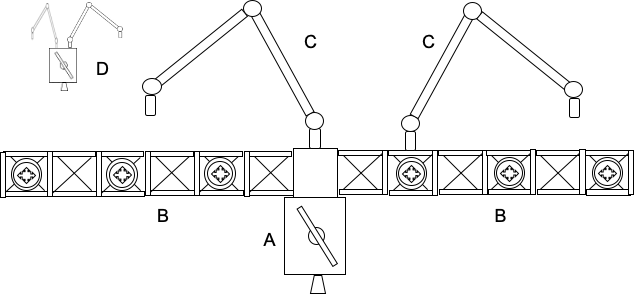Two years ago, I wrote an article in The Space Review describing a robotic space station:
https://www.thespacereview.com/article/3548/1
That article left an important question unanswered: would there be any customers interested in using an uncrewed station? One way to attract customers is to offer prices that still leave them with significant savings over the conventional way of doing business–which is to fly every payload on its own satellite.
I performed a simple study of how a Robotic Space Station could save users money. I concentrated on only one of the many missions for an RSS: hosting payloads. The Station provides power, pointing, and communications. The payload owners just launch into the RSS orbit, where a local transfer vehicle picks up the payloads and brings them to the Station for installation. The payload owners achieve savings from avoiding the cost of a complete satellite to carry the payload, shorter integration time, and less expensive launch. The RSS operator charges the payload operators a fee, which provides return on the investment in RSS but still affords the payload owners significant savings.
The conclusion: an RSS can provide a very valuable service to the space community, by lowering costs for instruments and test items to be operated in space. By using hardware that is already at a high technical readiness, it is feasible to have a RSS on orbit by the end of this decade.
The model and analysis behind the conclusion are in the full paper:
https://arc.aiaa.org/doi/abs/10.2514/6.2020-4178


Recent Comments